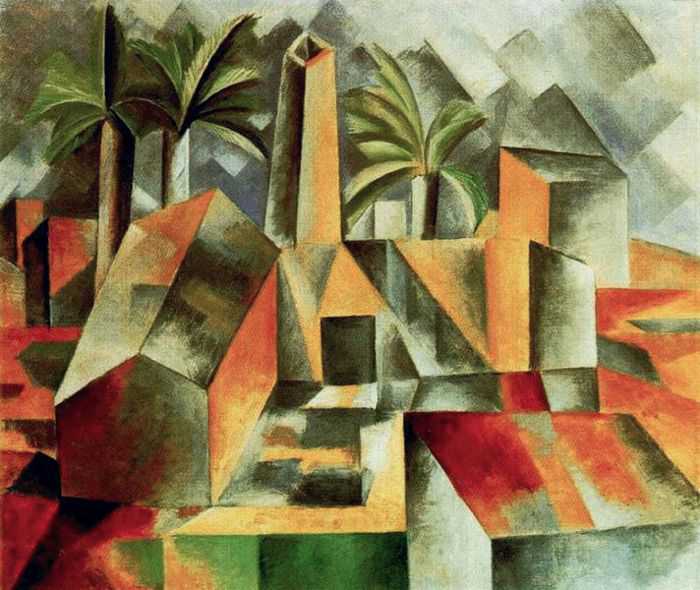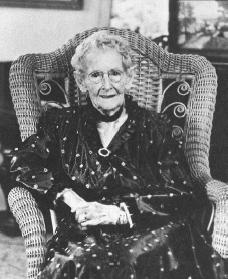- arrangement of elements within your photograph
- how elements are captured within your scene
- important factor how ur viewers will respond to ur photographs
- important to consider when making photograph
- there are no hard-and fast directions for crafting good compositions
-acknowledge that it exist & find a way to convey the intention of your photograph
- intention will guide your decisions abt composition
- learnto view a scene with diff frame of mind
- use sbj matter to make image clearer
- notice absolutely everything in your scene
- determine what is or is not important
- what will viewers notice first? 2nd? 3rd?
- How do the various elements relate to each other?
Gestalt and Image Composition
- Theory developed in the 1920s by German psychologist
- Describe human brain as holistic
5main principles
- Similarity
Continuation
Closure
Proximity
Figure/ground
Additional Issues of perception
- Light vs Dark --- High key photographs are visual info that is mostly lighter than middle grey, mid tone used lesser. Low key are info that is mostly darker than middle grey.
- Shapes ----eyes tend to complete geometric shapes although others may not see it.
- Foreground vs Background --- appears larger in a photograph than do background elements
- Format of Photograph --- horizontal more peaceful.
- Horizon Line . horizon line m'b real or imaginary, tends to divide the sense in section
- Colors in photograph --- cool toned obj( yellow orannge...
Edges of photograph
- leading lines within the photograph can lead the viewer into it, instead of out of it.
Movement within photo
- give a running person enough space within the photograph to run
Perspective and depth
- give a sense of 3dimensional depth to a 2dimen
- depth lies within the viewers perception
- select depth that match field
Rule of thirds
- elements look more interesting in rectangle
- place important elements at any of the 4intersections (lines put like tic tac toe)
Remove Clutter
- you are responsible for the content o
include only visual material that support ur image
White spaces
empty, or extremely out of focus
used very light colors or very dark
Other compositional elements
- patterns
touch of color
motion



















 examples of cibism
examples of cibism
 example of dadaism
example of dadaism


